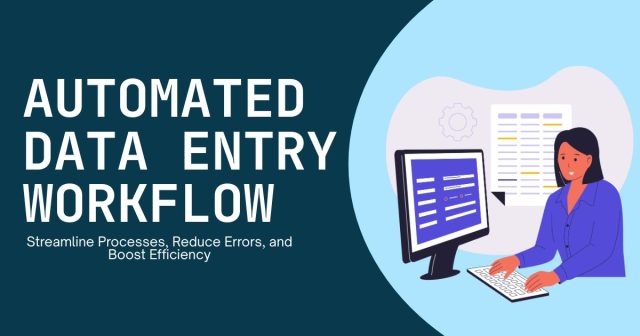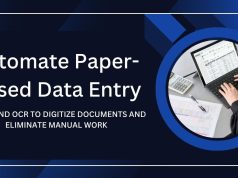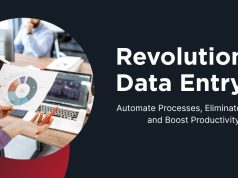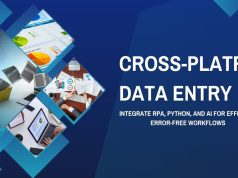In today’s fast-paced business environment, manual data entry remains one of the most tedious and error-prone tasks organizations face. Enter Robotic Process Automation (RPA) and Optical Character Recognition (OCR): two powerful technologies that, when combined, can transform how companies capture, validate, and process information. By automating repetitive data entry workflows, you can reduce operational costs, minimize human errors, and free up valuable employee time for higher-value activities. This guide walks you through the essential steps to integrate RPA and OCR into a seamless, end-to-end solution suited for virtually any industry.
What Is RPA?
Robotic Process Automation (RPA) uses software robots—or “bots”—to mimic human interactions with digital systems. These bots can log into applications, navigate screens, copy and paste data, fill out forms, and perform rule-based tasks at scale and speed far beyond human capability. RPA tools offer visual designers and pre-built connectors to popular enterprise systems such as ERPs, CRMs, and custom databases. With RPA, manual, repetitive tasks are offloaded to bots that run 24/7, ensuring consistency, auditability, and rapid turnaround times without requiring major changes to your existing IT infrastructure.
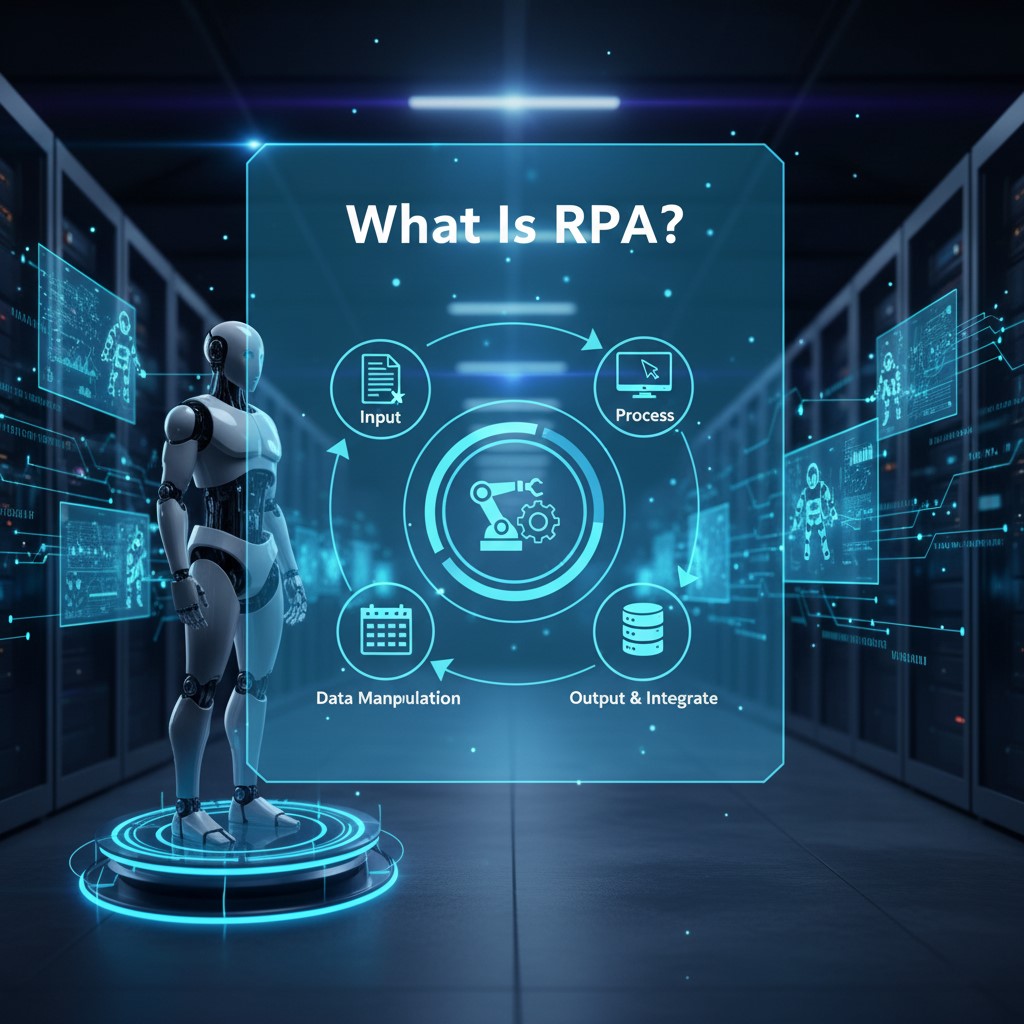
What Is OCR?
Optical Character Recognition (OCR) is a technology that converts printed or handwritten text within scanned documents, images, or PDFs into machine-readable data. Modern OCR engines leverage artificial intelligence and deep learning to handle diverse fonts, layouts, and document qualities. Advanced implementations can even extract data from semi-structured forms and tables. OCR bridges the gap between analog and digital world by enabling computer systems to “read” invoices, receipts, contracts, and other paper-based records automatically, making them accessible for downstream processing by RPA bots or other applications.
Benefits of Integrating RPA and OCR
When combined, RPA and OCR deliver a robust, end-to-end automation framework. OCR first extracts raw text and structured data from documents. RPA then takes that output, applies business rules, and enters it into target systems. This synergy removes manual transcription, accelerates document processing, and improves data accuracy. Key benefits include accelerated invoice processing, real-time reporting, reduced operational costs, and enhanced compliance thanks to full audit logs. The integrated solution also scales effortlessly, handling peak volumes without hiring additional staff or compromising turnaround times.
Step 1: Choosing the Right RPA Platform
The first step is selecting an RPA tool that aligns with your technical requirements and budget. Evaluate platforms based on ease of use, supported integrations, scalability, security features, and licensing model. Leading vendors such as UiPath, Automation Anywhere, and Microsoft Power Automate offer built-in OCR connectors and low-code interfaces, speeding up development cycles. Alternatively, open-source solutions like Robot Framework can be paired with third-party OCR libraries. Conduct a proof of concept (POC) on a small, high-impact process to validate performance and ROI before rolling out enterprise-wide.
Step 2: Integrating OCR Technology
Once you’ve chosen your OCR engine—whether a cloud service (AWS Textract, Google Cloud Vision, Azure OCR) or on-premise solution—configure it to recognize the specific document types you handle. Train the model by providing sample files and correcting misread characters. Define output formats (JSON, XML) for easy ingestion by your RPA bots. Set up error-handling rules to flag low-confidence reads for human review. Properly tuned, the OCR layer will deliver structured data fields such as invoice numbers, dates, line items, and totals, ready for automated processing.
Step 3: Designing Your Data Entry Workflow
With RPA and OCR in place, outline each step of the automated workflow. Start with document ingestion—monitor email inboxes, network folders, or scanners. Next, call the OCR service to extract text and key fields. Then apply validation rules: verify date formats, compare vendor codes against your master data, and check invoice amounts against purchase orders. Finally, configure bots to log into target applications—ERPs, CRMs, or custom databases—and populate the extracted data. Incorporate retry loops and exception branches to handle unexpected errors gracefully.

Step 4: Testing and Validation
Thorough testing is critical to ensure accuracy and reliability. Use a representative sample of documents, including edge cases such as low-resolution scans or non-standard layouts. Measure OCR confidence scores and track error rates in the RPA execution logs. Perform end-to-end dry runs where test data is processed and reviewed by stakeholders. Refine your workflows based on feedback—tweak OCR parameters, add extra validation steps, or improve error-handling logic. A well-tested automation minimizes manual handoffs and builds trust among your team members.
Step 5: Deployment and Scaling
After successful testing, deploy your automated workflow to production. Establish a scalable infrastructure—cloud-based bots or virtual machines can spin up to handle peak volumes. Set up monitoring dashboards to track throughput, error rates, and bot utilization in real time. Implement role-based access control (RBAC) to secure sensitive data. Schedule regular maintenance windows for software updates and OCR model retraining. With proper governance in place, your automation will run reliably day in, day out.
Best Practices for Maintenance
Ongoing maintenance ensures continued accuracy and performance. Periodically review OCR accuracy metrics and retrain models to accommodate new document formats or vendors. Update RPA scripts when application interfaces change. Document all changes in a centralized repository to facilitate audits and knowledge transfer. Encourage business users to report any anomalies or bottlenecks. Continuous improvement cycles—plan, implement, measure, and refine—will keep your automated data entry operations at peak efficiency.
Common Challenges and Solutions
Adopting RPA and OCR can introduce challenges such as varying document quality, complex form layouts, and legacy system compatibility. Mitigate these by standardizing document templates where possible, using zonal OCR for precise field extraction, and leveraging API-based integrations rather than screen scraping. Build fallback processes for human-in-the-loop review on low-confidence reads. Engage IT and business stakeholders early to align on requirements and security policies. Proper change management and user training will smooth the transition to automated workflows.
Real-World Use Case
Consider a mid-sized manufacturing firm processing hundreds of supplier invoices weekly. Before automation, teams manually typed invoice data into their ERP, leading to delays and costly errors. After deploying an RPA-OCR solution, scanned invoices are automatically read, validated against purchase orders, and posted to the finance system within minutes. The company reduced invoice-processing time by 80%, cut data entry errors by 95%, and redeployed staff to value-added tasks such as vendor negotiations and analytics.
Future Trends in Data Entry Automation
As AI and machine learning evolve, data entry automation will become even smarter. Intelligent Document Processing (IDP) platforms can now classify documents, extract sentiment, and handle unstructured content. Conversational AI chatbots will interface with employees to clarify ambiguous fields. Hyperautomation—combining multiple AI tools with RPA—will enable end-to-end process orchestration. Staying ahead of these trends requires a flexible architecture, willingness to experiment, and commitment to continuous learning.

Conclusion
Integrating RPA and OCR represents a transformative leap forward for any organization still relying on manual data entry. By automating the capture, validation, and posting of information, you gain speed, accuracy, and compliance—all while reducing operational costs. Follow the steps outlined in this guide to select the right tools, design robust workflows, and maintain peak performance over time. Embrace this powerful automation duo to unlock new levels of efficiency and focus your team’s talents on innovation rather than mundane tasks.


